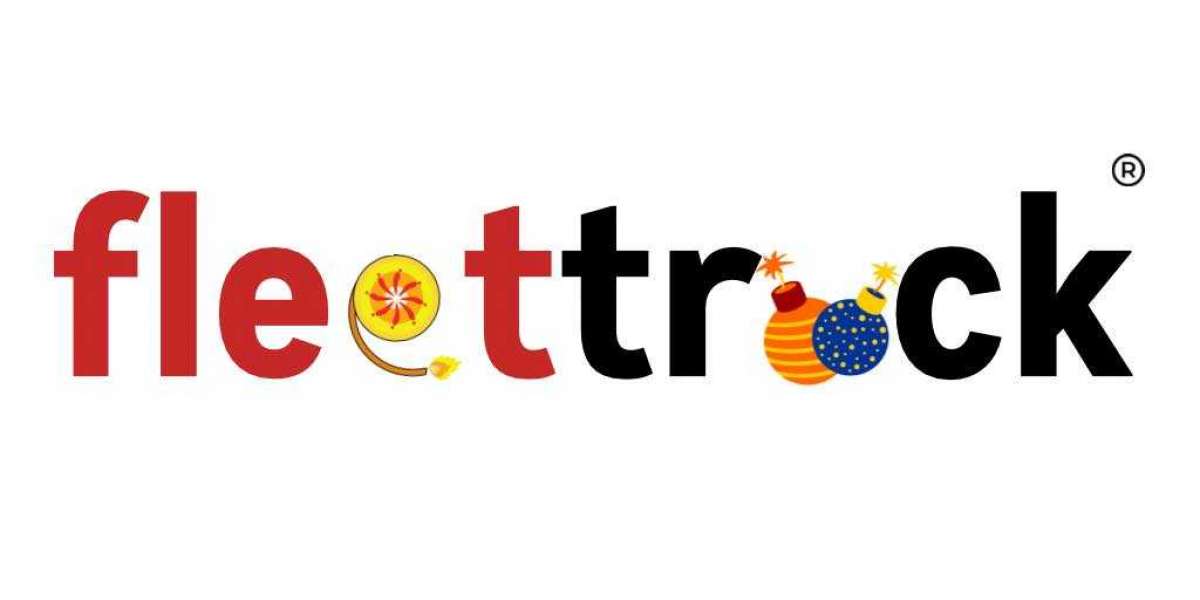A Self-Invested Personal Pension (SIPP) is a flexible retirement savings vehicle that empowers individuals to take control of their investment strategies. Unlike traditional pension schemes, SIPPs allow users to manage their own pension pots, making informed decisions about where to allocate their funds. However, diving into the world of SIPPs requires a solid understanding of their features and implications to ensure you make sound financial decisions that secure your retirement years.
Key Features of SIPPs
One of the primary advantages of SIPPs is the level of control they provide. Unlike other pension plans, which may limit investment choices, SIPPs grant you the freedom to tailor your portfolio according to your financial goals and risk tolerance. Here are some of the investment options available through a SIPP:
- Stocks: Invest in domestic and international companies, giving you the opportunity to grow your funds through equity markets.
- Real Estate: While direct investments in residential properties are not permitted, you can use your SIPP to invest in commercial properties such as office buildings and warehouses.
- OEICs: Open-Ended Investment Companies offer a diversified portfolio that can be easily traded.
- Investment Trusts: These pooled investments provide exposure to a range of assets, often managed by professional investors.
Given the complexity of managing investments, particularly for those with limited experience, seeking assistance from financial advisors or SIPP transfer specialists can be invaluable. They can help guide your investment choices and ensure that your portfolio aligns with your retirement objectives.
Savings Flexibility
SIPPs stand out for their flexibility in terms of contributions. There are no strict rules dictating how much you should invest or how often. You have the autonomy to decide on regular contributions or make lump-sum payments according to your financial situation. Additionally, employers can also contribute to your SIPP, providing another avenue for building your retirement savings.
Before making contributions, it’s crucial to consult with your SIPP provider to understand the procedures and any necessary administrative paperwork. This ensures you are well-prepared to begin your investment journey without unnecessary delays.
Understanding Additional Costs
While SIPPs offer numerous advantages, it’s essential to be aware of the associated costs, as these can vary significantly between providers. Here are some common fees you may encounter:
- Setup Fee: This initial charge is often applied when you first establish your SIPP.
- Administrative Fees: Regular maintenance fees may be charged monthly or annually, depending on your agreement with the provider. These cover the costs of managing your account.
- Investment Fees: Fees related to the actual investment of your funds can also vary. Some providers may charge a flat fee, while others may take a percentage of the amount invested.
Before committing to a SIPP, it’s wise to thoroughly investigate the fee structures of different providers. Understanding these costs will help you assess the overall value of your investment and avoid unexpected expenses.
The Importance of Early Planning
It's never too early—or too late—to start saving for retirement. SIPPs offer a viable option for individuals looking to bolster their pension pots through personal investment. If you are unsure about where to begin, consider reaching out to a financial advisor. They can provide personalized guidance and help you navigate the complexities of SIPP investments, ensuring that you set realistic goals and implement effective strategies for your retirement.
In conclusion, a Self-Invested Personal Pension offers flexibility and control over your retirement savings, but it’s essential to understand the features, contribution rules, associated fees, and the importance of planning. With the right knowledge and support, you can build a robust pension portfolio that supports you throughout your retirement years.
geometric patterns for cutting machines
Cute Baby Shapes for Cricut
3D arrow designs for cutting machines
Dragon cut files for Cricut
Doodle shapes for cutting machines
Food shape cutter machine








